Waste Management Phoenix Open | Nick Sahrmann
Introduction
In order to score well on the course, a golfer must understand their odds of hitting a successful shot. The same can be said at the card table. A player must be able to recognize the situation they are in, and how they can maximize each of their turns based on their odds.
You can play the odds in Card Golf Tour just like you can play the odds on the golf course. From week to week, we will share examples of pros playing the odds during the week’s professional golf tournament. Then we will review how you can play similar odds during your next round of Card Golf Tour.
Pro Example
This week’s edition of Playing The Odds highlights the 17th hole of the WM Phoenix Open at TPC Scottsdale in Scottsdale, AZ. At 321 yards, the 17th at TPC Scottsdale is a drivable par 4. Getting on the green with your tee shot improves your odds of a birdie (or an eagle if one putt).
During his 2nd round, Kurt Kitayama’s drive ended up short and right of the green. Below is a view, courtesy of PGA TOURCAST, of Kitayama’s 2nd shot. The pin location was tucked close to the water guarding the left side of the green – increasing the odds of the water hazard impacting approach shots. Attempting to play it safe against those odds, Kitayama landed his chip shot well short of the pin. However, it did not check up and rolled past the pin, down the hill, and into the water hazard.

After the one stroke penalty, Kitayama bogeyed the hole.

Card Golf Tour Example
Here is what Kitayama’s hole could have looked like in Card Golf Tour. As a par 4, he had 6 cards in his hand. His drive put him in position for an up-and-down birdie with a good chip and a one-putt. His hand had a total of 4 points after his drive. Remember, in Card Golf Tour a hand, at the end of a hole, with total points of -1 to -9 points is a birdie.
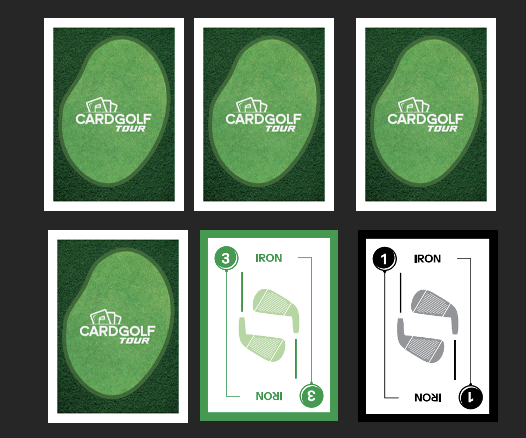
Kitayama’s chip shot was a tough break as it rolled past the hole and into the water – as though he decided to take a 2 iron from the draw pile, and caught a tough break as the card he replaced was a -5 point putter that he had to place in the discard pile.
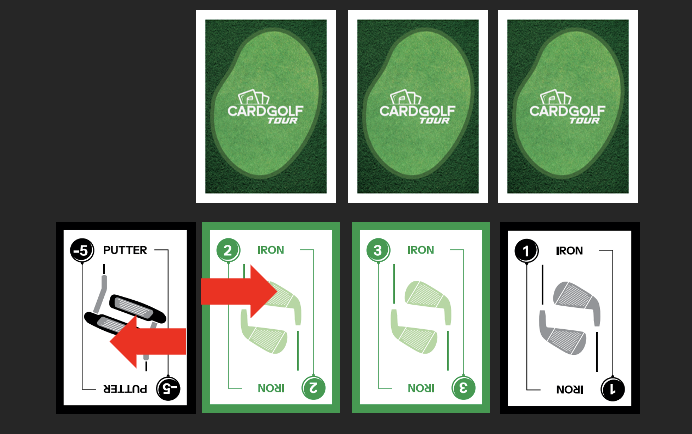
Kitayama was forced to take a drop from the water hazard and chip onto green with his 4th shot after the one stroke penalty. His hand was now +10 points.
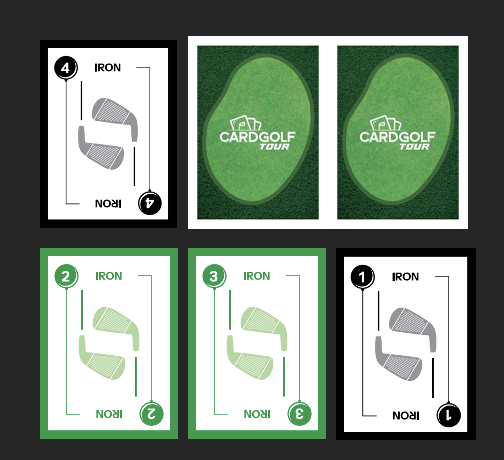
Meanwhile, one of his Card Golf Tour competitors had turned over all of their cards – which meant Kitayama had only one more turn while still having two cards turned over. His chip onto the green left him with a 10 foot putt to save bogey – as though he did not have a good discard pile option and his card from the draw pile was also not a good card. So, he took neither card and had to turn over both remaining cards as his last turn. His first card turned over was a 6 iron – so he now had a total of 16 points.
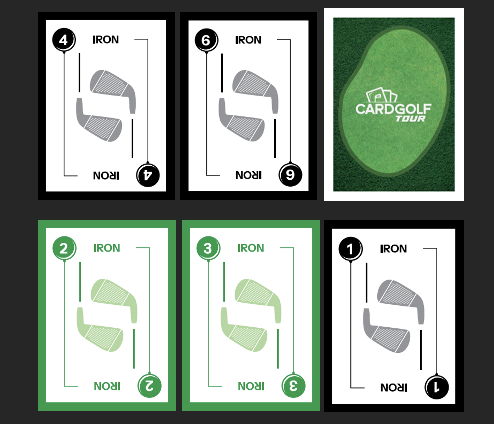
A par was out of reach since even a -5 point putter with his last card would only get him to 11 points – which is a bogey in Card Golf Tour. And at 16 points, the odds of a double bogey at 20 points or higher was somewhat likely since any card 4 iron to Sand Wedge would result in a double bogey.
Kitayama made his 10 foot putt to save bogey – as though he saved a bogey in Card Golf Tour by turning over a black 3 iron to finish with 19 points.
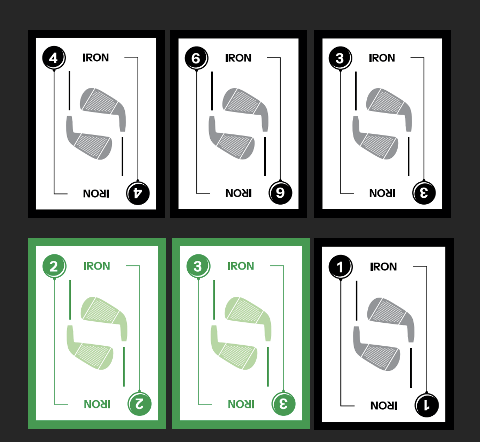
It is worth noting that Kitayama bounced back nicely in round three on the 17th hole. He drove the green and sank his nine foot putt for an eagle. Below is a view of his eagle via PGA TOURCAST.
